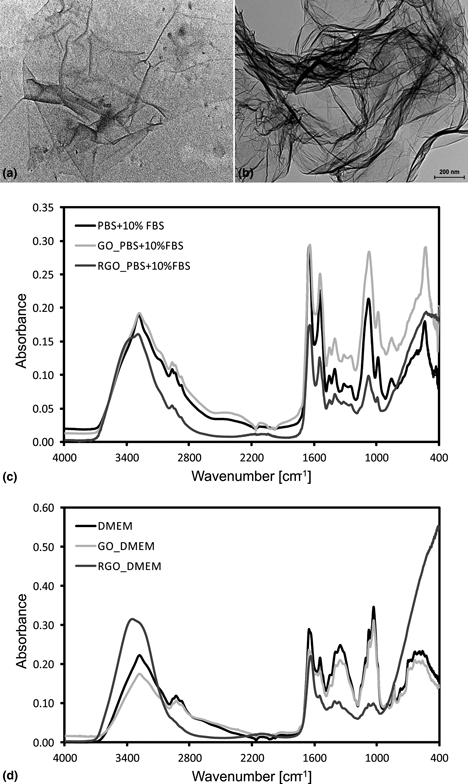Article contents
Cytotoxic properties of graphene derivatives depending on origin and type of cell line
Published online by Cambridge University Press: 05 August 2020
Abstract

This work is focused on determining whether two graphene derivatives: graphene oxide (GO) and reduced graphene oxide (RGO) can be used alone as a component of anticancer therapy. In this paper, we present the synthesis GO and RGO, their physicochemical characterization as well as an evaluation of their cytotoxic properties on cancer (HepG2 and MCF-7) and non-malignant (clone-9 and HMF) cells. We demonstrated that both tested graphene derivatives have a high affinity to cancer cells. We showed that cytotoxic properties of GO and RGO were different depending on the type of solvent in which they were prepared. Additionally, we observed that cytotoxic properties of GO and RGO were different depending on the origin of the cells (liver and breast) and the form of graphene material (GO and RGO). We showed that GO and RGO can be potential, selectively materials which in future can found application in anticancer therapy.
- Type
- Article
- Information
- Copyright
- Copyright © Materials Research Society 2020
References
- 3
- Cited by





